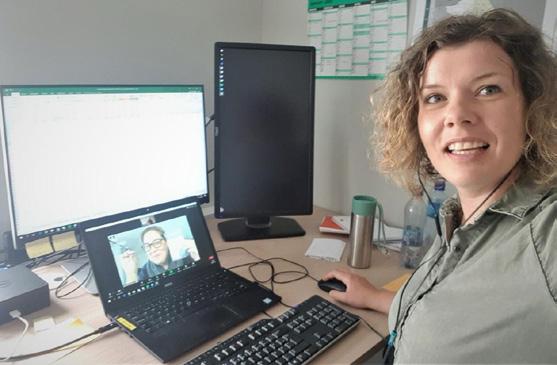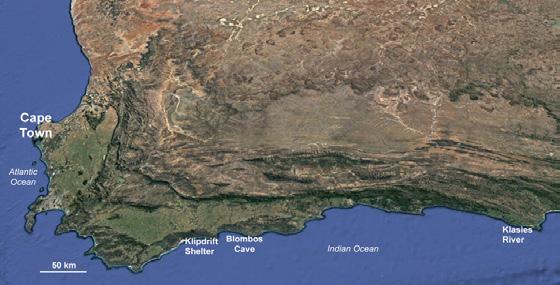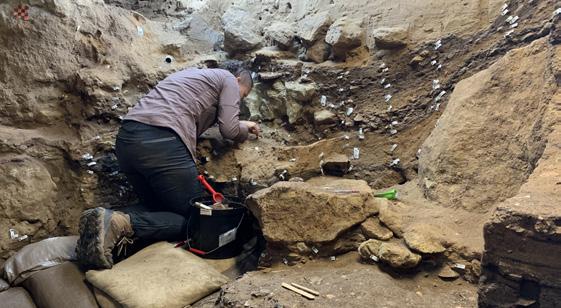STORIES 32
Magnus Haaland recording exact position of samples with a total station in Blombos Cave.
TRACKING OUR EARLIEST HUMAN ANCESTORS Blombos Cave is famous amongst archaeologists as the site where excavators have found the world’s first art objects, the world’s first drawing, the advanced use of pigments and some of the oldest items of jewellery known in the history of mankind.
people lived in 70,000 years ago. We have obtained knowledge about what they ate and what tools they made, but we’ve had few clues as to how they chose to organise their settlements or how they moved around in the landscape,” says Haaland.
PREHISTORIC SETTLEMENT
He argues that getting a better understanding of prehistoric settlement and occupation patterns is important because it tells us something fundamental about the daily routines – the lifeways – of early hunter-gatherers. Due to the new research methods that Haaland has helped to develop, we are now able to get one step closer to our distant ancestors in the Middle Stone Age.
These relatively large, rare items capture the imagination, but Magnus Haaland and colleagues at SapienCE have shown that analysis of microscopic archaeological fragments can also be essential for obtaining a more comprehensive picture of the everyday at Blombos. “Until recently, we’ve known very little about the camps





















